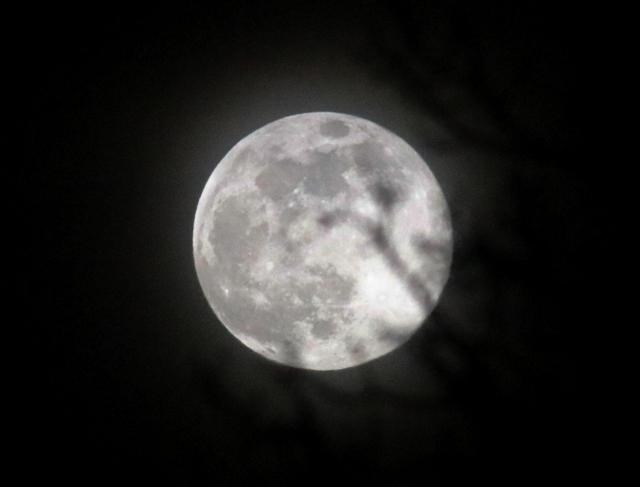Weyburnites were able to view the “Pink Supermoon” on Tuesday evening-Wednesday morning, but many people might’ve been confused as the full moon was not exactly pink in colour.
According to the Old Farmer’s Almanac, the following is the explanation for the name of this full moon, from information provided by Catherine Boeckmann:
April’s full moon often corresponded with the early springtime blooms of a certain wildflower native to eastern North America, Phlox subulata —commonly called creeping phlox or moss phlox — which also went by the name “moss pink.”
With this seasonal association, this full moon came to be called the Pink Moon.
We are currently in the midst of a series of supermoons, with the first having occurred on March 9 and the last occurring on May 7. April’s full moon is the second supermoon in this series.
April’s full moon will be closer to Earth than either other supermoon in the series, and will be the biggest and brightest full moon of 2020.
On average, supermoons are about seven per cent bigger and about 15 per cent brighter than a typical full moon. However, unless you were to see a regular full moon and a supermoon side by side in the sky, the difference is very difficult to notice.
April’s full moon is the first to occur after the March equinox, which makes it the first full moon of spring and the Paschal Full Moon. The Paschal Full Moon is the full moon that determines the date of Easter.
Historically, full moon names were used to track the seasons and, for this reason, often relate closely to nature. The moon names used today stem from Native American and Colonial-era sources. Traditionally, each full moon name was applied to the entire lunar month in which it occurred, rather than just the full moon itself.



